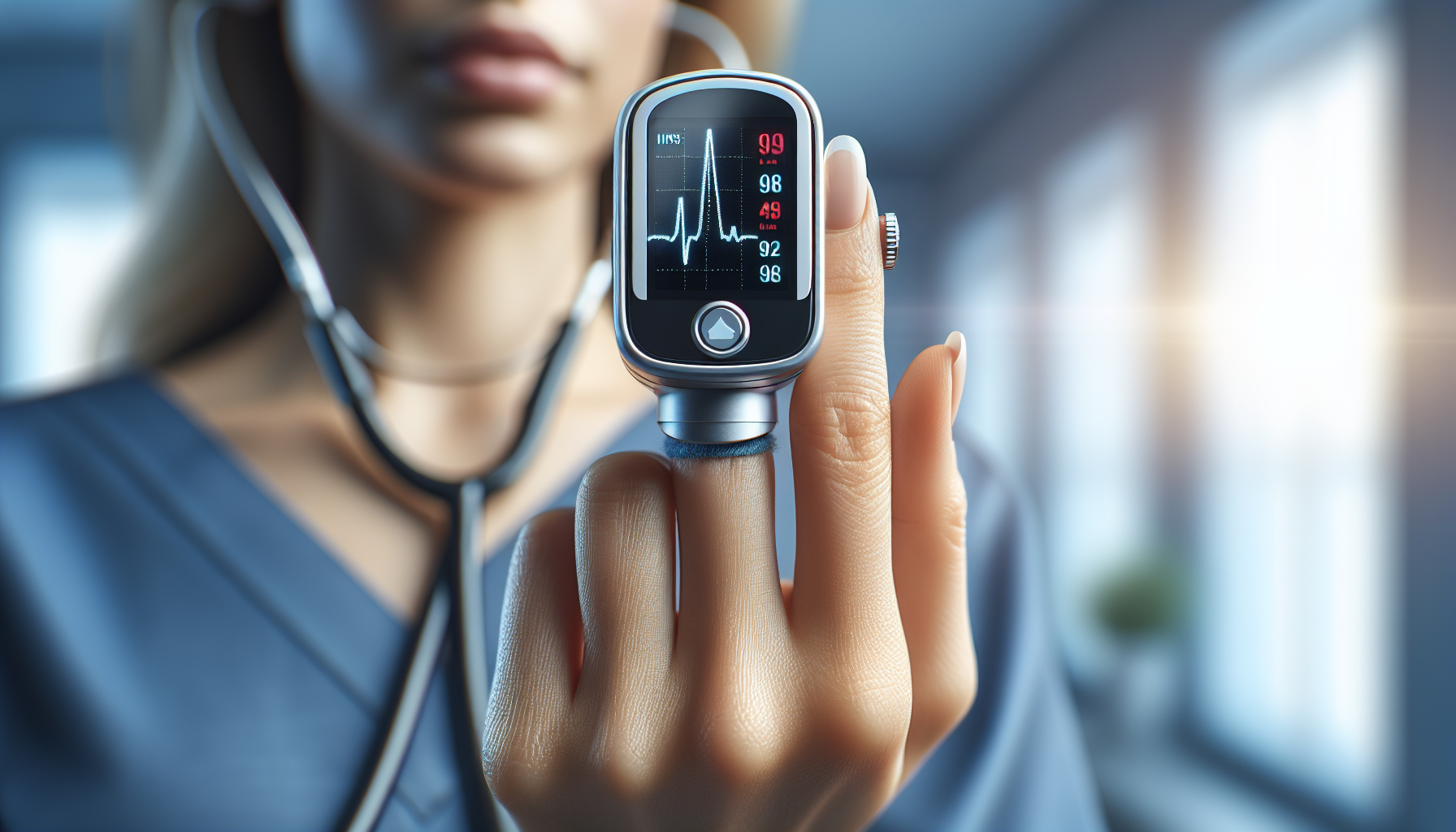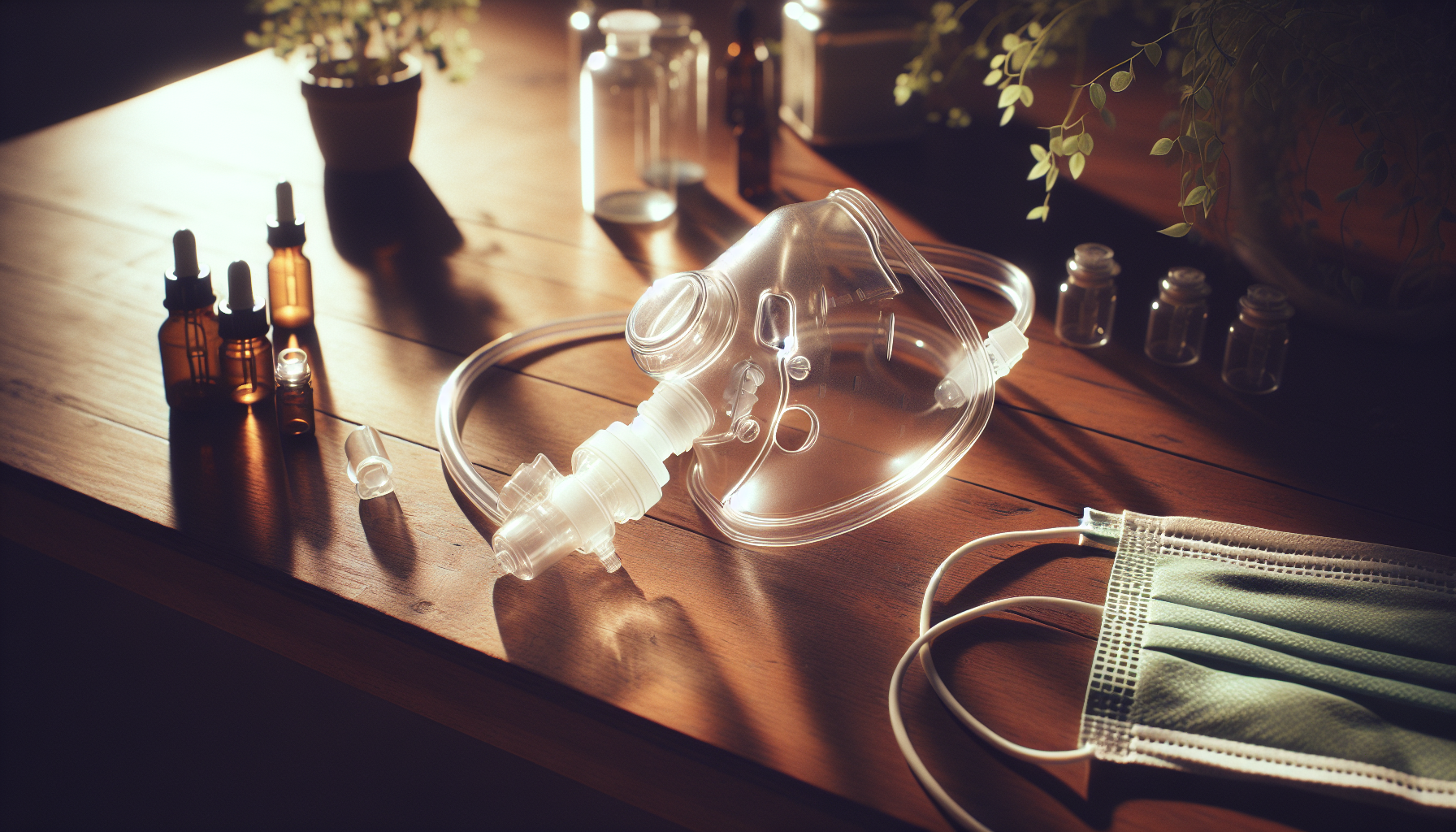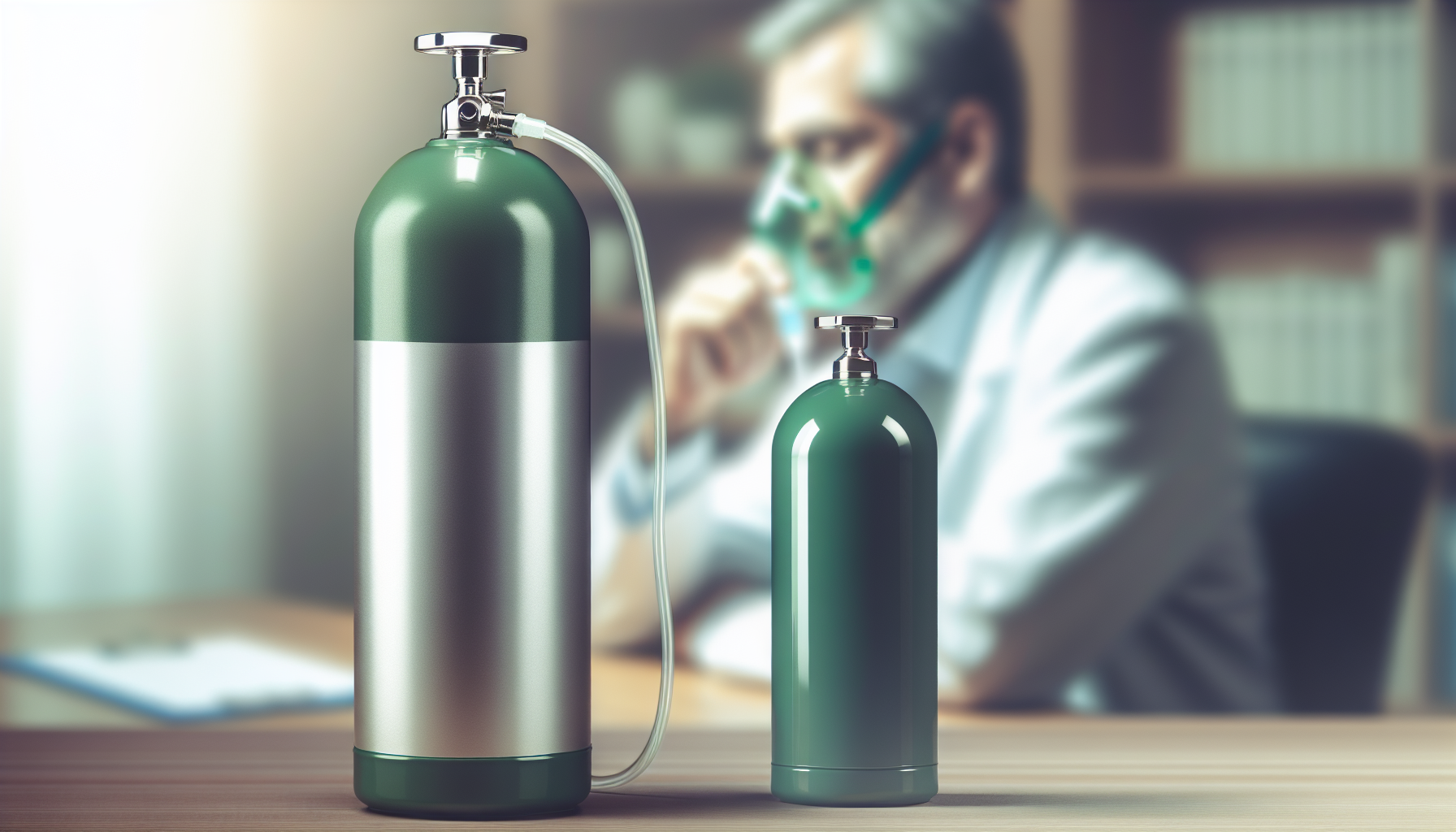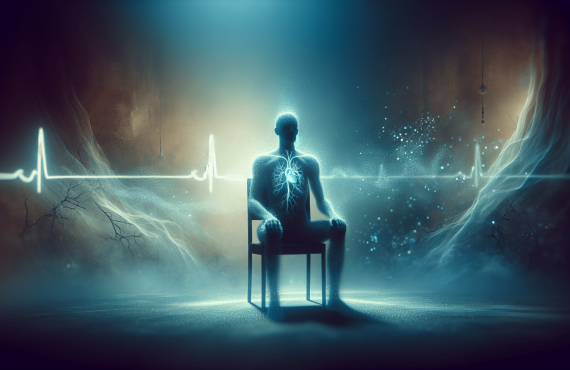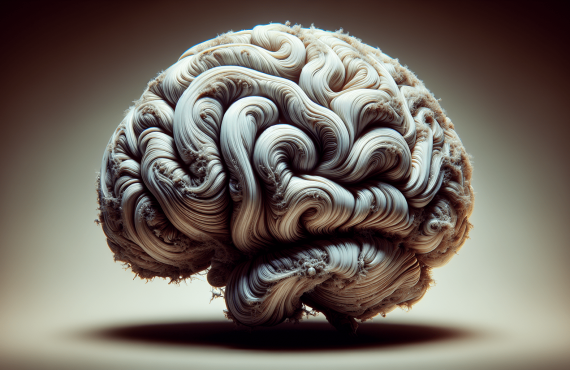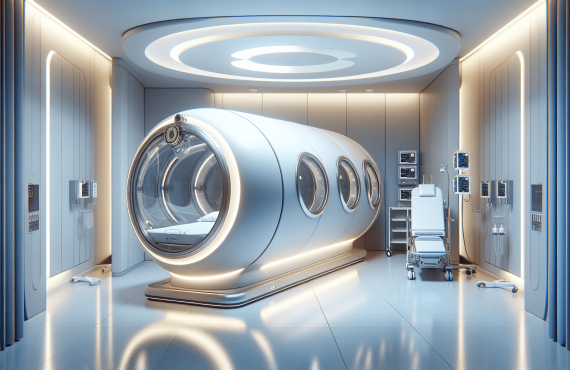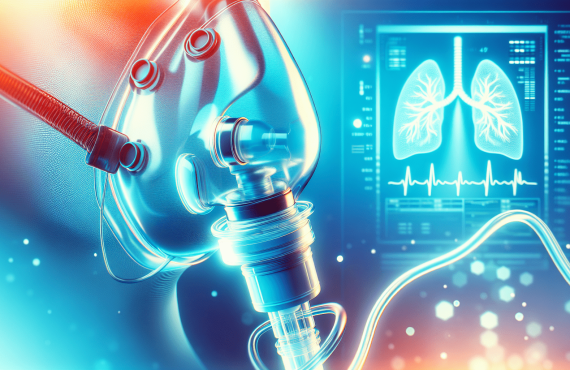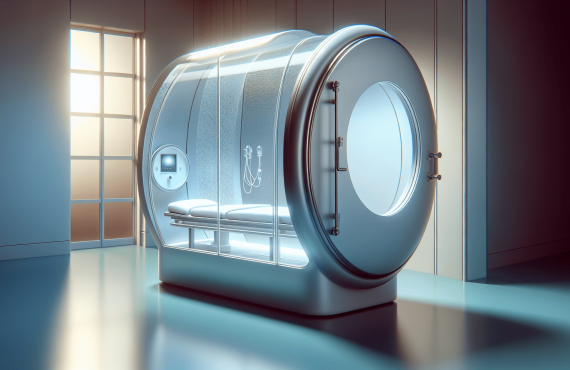Have you ever wondered how sensitive our bodies are to the slightest changes in our environment? One fascinating aspect of our health that often goes unnoticed is our oxygen levels. Though it might not be the first thing that crosses your mind, oxygen is vital for life. But what happens when oxygen levels drop?
Table of Contents
What Is An Early Symptom Of Oxygen Deficiency?
Oxygen deficiency, also known as hypoxia, can have various impacts on the body. The earliest symptom to watch for is shortness of breath. This subtle change, while common, doesn’t always scream for attention. It might feel like a slight challenge catching your breath, or you might notice you’re breathing more rapidly than usual. It’s like your body’s way of hinting, “Hey, pay attention to me!”
Why Is Breathing Important?
Breathing is fundamental to our wellbeing. It’s as if our lungs serve as an intricate orchestra, with each breath symphonically delivering oxygen to countless cells throughout the body. When we have enough oxygen, everything runs smoothly. But when that symphony hits a sour note, it could be a sign that the body isn’t getting its much-needed supply.
So, how does this translate into recognizing the initial signs of oxygen deficiency? Let’s take a closer look at these symptoms.
Spotting The Signs
Shortness of Breath
Shortness of breath is your body’s first line of defense, trying to make you aware of an imbalance. If you ever find yourself unexpectedly winded, even after mild physical exertion, it can be a sign that your oxygen levels might be dipping.
Rapid Heart Rate
Alongside that breathlessness, your heart might decide to speed up. The increased heart rate is the body’s attempt to circulate what little oxygen it has more quickly. It’s like a high-speed chase in the bloodstream, trying to deliver oxygen to all corners of the body.
Dizziness and Confusion
Sometimes, you might feel a bit dizzy or experience moments of confusion. This happens because your brain isn’t getting enough oxygen to function optimally. It’s as if your thoughts get temporarily muddled, making it challenging to focus or remember small details.
Color Changes
Pay attention to your skin, lips, and nails. If they turn a shade of blue or gray, that’s a definite red flag. This discoloration suggests that your blood cells aren’t carrying enough oxygen, a condition known as cyanosis.
Fatigue
Have you ever felt unusually tired even after a good night’s sleep? Fatigue can sneak up on you once your body is deprived of oxygen. It’s like trying to get through the day with a battery that won’t hold a charge.

Understanding Oxygen Deficiency
While the initial signs can be easy to overlook, recognizing oxygen deficiency is crucial for preventing further complications. But what could cause such an issue?
Causes of Oxygen Deficiency
-
Altitude: At high altitudes, the air is thinner, meaning there’s less oxygen to breathe. It’s the reason why mountaineers often carry oxygen tanks.
-
Illness: Certain illnesses like chronic obstructive pulmonary disease (COPD) or anemia can contribute to lower oxygen levels in the body.
-
Heart Issues: A weak heart might not pump blood as efficiently, leading to reduced oxygen supply to tissues.
-
Respiratory Problems: Conditions like asthma or pneumonia restrict airways, causing a decrease in available oxygen.
How It’s Diagnosed
Doctors often use a simple device known as a pulse oximeter to measure oxygen levels in the blood. Forget the fancy tools—it’s no bigger than a clip that fits on your finger, showing readings swiftly.
Treatment Protocols
Once diagnosed, addressing the root cause is essential. Treatments might include supplemental oxygen, medications, or even lifestyle changes. Think of it as resetting the body’s balance, ensuring each breath counts.
Hyperbaric Therapy: A Breath of Fresh Air
An intriguing option for tackling oxygen deficiency is Hyperbaric Oxygen Therapy (HBOT). It’s like sending your body’s oxygen supply through rigorous training.
Definition of Hyperbaric Therapy
Hyperbaric therapy involves breathing pure oxygen in a high-pressure environment. Imagine stepping into a hyperbaric chamber, where the air pressure is stronger than usual. Picture this chamber as a cocoon that showers your body with rejuvenating oxygen.
How It Works
In typical settings, your lungs are star players, extracting oxygen and circulating it through the bloodstream. But in a hyperbaric chamber, the oxygen level in your blood increases significantly. This rush of oxygen saturates the plasma, reaching areas starved for air. Imagine your cells as thirsty travelers, finally receiving a refreshing drink.
Health Benefits
HBOT has been shown to improve tissue repair, reduce inflammation, and even promote angiogenesis—the growth of new blood vessels. This therapy stands as a promising ally in wound healing and tissue regeneration.
Seeking Help
Understanding these signs and techniques is handy, but health isn’t solely about accumulation of knowledge. If you suspect oxygen deficiency, seeking professional guidance is crucial.
Visit Henry Chiropractic, where their skilled team works to improve health through chiropractic care. Whether you need to address a specific issue or want to enhance overall wellness, they’ll have you covered.
-
Henry Chiropractic
1823 N 9th Ave
Pensacola, FL 32503
(850) 435-7777
drcraighenry.com
Dr. Craig Henry and Dr. Aaron Hixon form a team dedicated to boosting health and wellbeing in every aspect of their patients’ lives. Their expertise, bolstered by compassion and community involvement, creates an inviting atmosphere for those seeking enhanced health.
Frequently Asked Questions
1. What causes shortness of breath when climbing stairs?
Shortness of breath during physical activities like stair climbing often stems from the body needing more oxygen for muscles, especially if your cardiovascular system isn’t working optimally.
2. Can stress contribute to oxygen deficiency?
Yes, stress can lead to habits like shallow breathing or rapid breathing, decreasing the feeling of oxygen intake. Consistent stress management can alleviate this.
3. What is cyanosis, and how serious is it?
Cyanosis is the bluish discoloration of skin due to poor oxygen levels. It’s a serious sign that requires immediate medical attention to restore oxygen supply.
4. How does altitude affect oxygen levels?
At higher altitudes, the decreased atmospheric pressure results in less oxygen available, leading to potential hypoxia until acclimatization occurs.
5. Can exercise help improve my oxygen levels?
Regular exercise strengthens the heart and lungs, enhancing the efficiency of oxygen delivery throughout the body. It’s like giving your body a system upgrade.
The journey to understanding your health need not be complex. Keep awareness at the forefront—listening to your body can make all the difference. Stay informed, stay conscious, and remember, help is only a conversation away.








